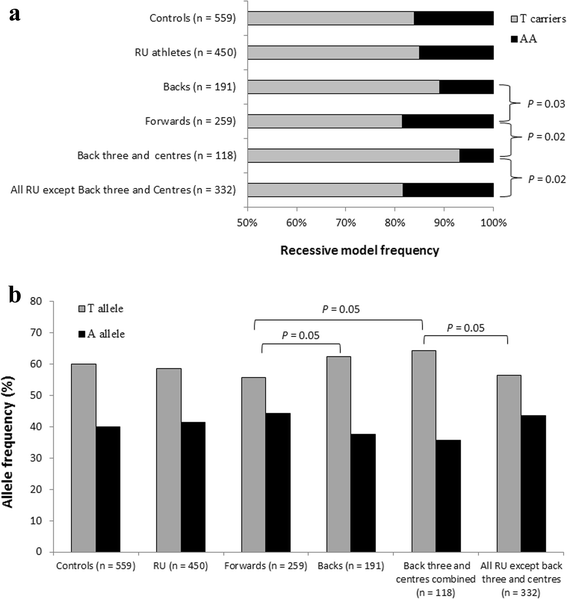
Obesity is one of the largest health concerns worldwide and is progressively worsening. In fact, the general adult population are gaining ~1.5 kg every decade and if this trend continues, global obesity prevalence is estimated to reach ~20% by 2025.
Obesity is one of the largest health concerns worldwide, with global obesity prevalence estimated to reach approximately 20% by 2025
This epidemic has generated a lot of scientific interest in many disciplines including genetics, within which the Fat Mass and Obesity Associated (FTO) gene is the most investigated gene in obesity science because of its prevailing association with excess body mass, fat mass and BMI in clinical populations. The minor ‘risk’ version (A allele) of the gene is associated with elevations in parameters related to obesity (cardiovascular disease, higher BMI and body fat, etc.) and the more common version (T allele) is protective against these obesity-related health problems. Currently, we do not fully understand the mechanism behind the FTO association with these differences in obesity-related parameters, but it is likely that there are FTO-related inter-individual differences in appetite, dietary energy intake and thus greater accumulation of body fat. But what if there was something else happening in metabolically active tissues?
Little scientific attention has been devoted to studying the FTO gene and muscle characteristics in healthy individuals or individuals with especially high physiological function such as elite athletes – which might provide new insight into this obesity-related gene. This is what we did in our BMC Genetics article.

We firstly measured muscle phenotypes, including lean mass, in 120 healthy men and found the obesity-protective T allele was associated with greater whole body, arm and leg lean mass. This observation has implications for conditions such as sarcopenia and other muscle wasting disorders, and should be investigated with respect to possible genetic susceptibility or resistance to those conditions.
Following the FTO association with lean mass, utilizing a case-control study design, we investigated if FTO variation differed between elite rugby playing positions, specifically those where lean mass relative to total body mass is vital for elite success. As such, in a group of 530 elite rugby athletes and 566 controls (the RugbyGene project), our results show that indeed those elite athletes most reliant on lean mass relative to body mass (centers and back 3 players) have a greater frequency of the protective FTO T allele. In fact, those rugby union athletes with the ‘protective’ version of FTO have more than three times the odds of being a center or back 3 player than any other playing position. Furthermore, the risk A allele (associated with greater body mass) showed the highest frequency in those athletes that require greater body mass to achieve elite rugby status (forwards).
These results were further supported when we assessed lower body maximal power output in a subset of 77 elite rugby athletes, with the centers and back 3 players having the greatest relative (corrected for total body mass) power output. Collectively, these results indicate the importance of an inherent capacity to develop lean mass (in order to generate power) and that a greater genetic susceptibility to higher body mass is advantageous for elite rugby union forwards.
We have previously reported that another genetic variant associated with muscle performance (the ACTN3 gene) also differs in allele frequency between elite rugby playing positions. Together with our current BMC Genetics paper, it is becoming clear that genetics plays a key role in elite rugby. As the RugbyGene project continues we expect to identify many more genetic variants that are important to rugby performance, physiology and injury risk, through both case-control and phenotype-association approaches.
Comments